In the intricate world of reptile care, maintaining proper temperature for your pet snake is a critical responsibility. Snakes, being cold-blooded creatures, rely entirely on external heat sources to regulate their body temperature. Even with seemingly adequate heating setups, snakes can still experience cold stress, which can lead to serious health issues if not addressed promptly. This comprehensive guide will help you identify the subtle and not-so-subtle signs that your snake might be cold, despite your best efforts with heating equipment. Understanding these indicators can make the difference between a thriving pet and one suffering from temperature-related health problems.
Understanding Snake Thermoregulation Basics
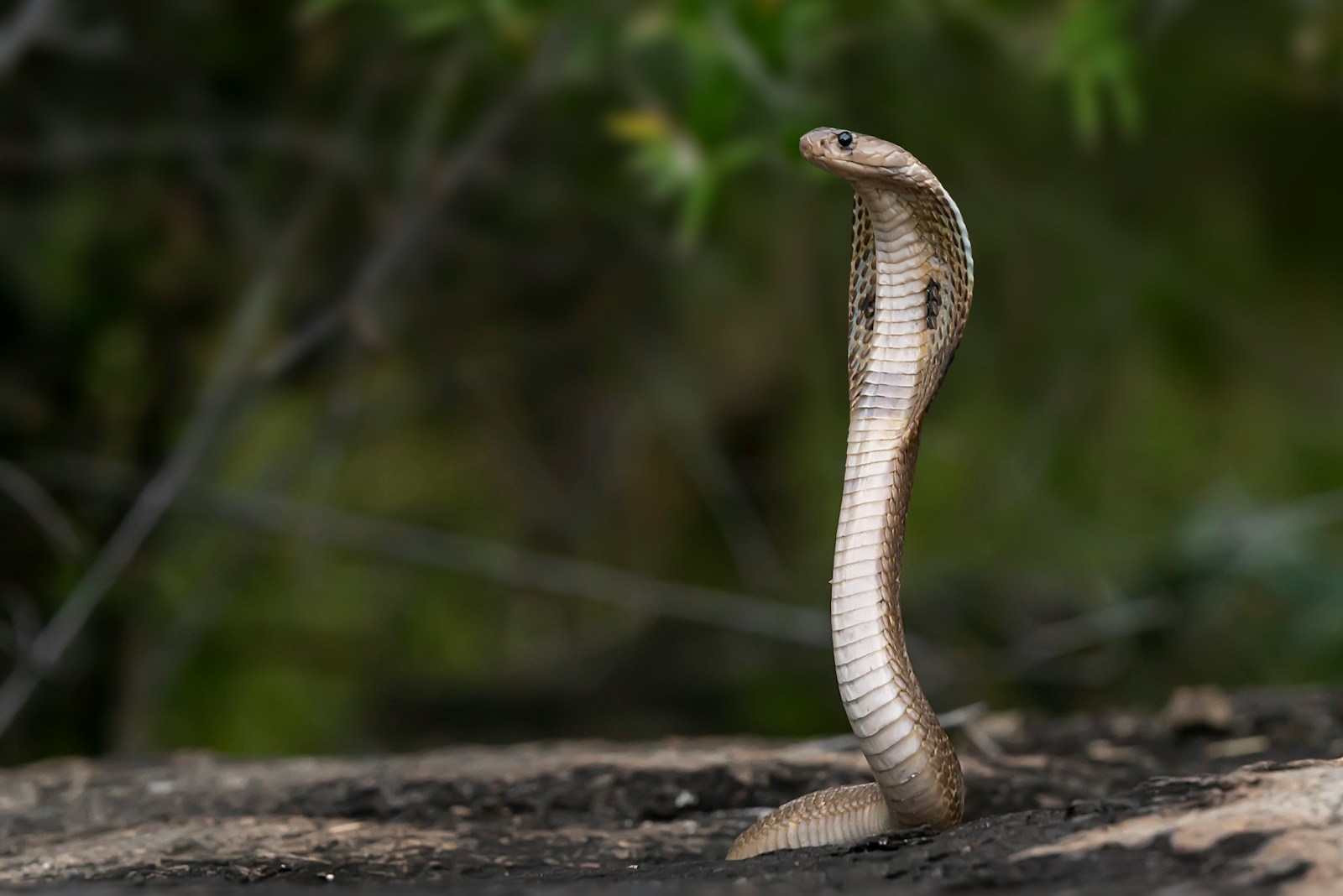
Snakes are ectothermic animals, meaning they cannot generate their own body heat like mammals do and must instead rely on environmental temperatures to warm their bodies. In the wild, snakes actively move between sunny spots and shaded areas to maintain their preferred optimal temperature range, known as the Preferred Optimal Temperature Zone (POTZ). This natural behavior, called thermoregulation, is crucial for their digestive processes, immune function, and overall metabolic activities. In captivity, snakes depend entirely on the heating systems provided by their keepers, making it essential for owners to understand both the specific temperature requirements of their snake species and how to recognize when those needs aren’t being met, even when heating equipment appears to be functioning correctly.
Behavioral Changes Indicating Cold Stress
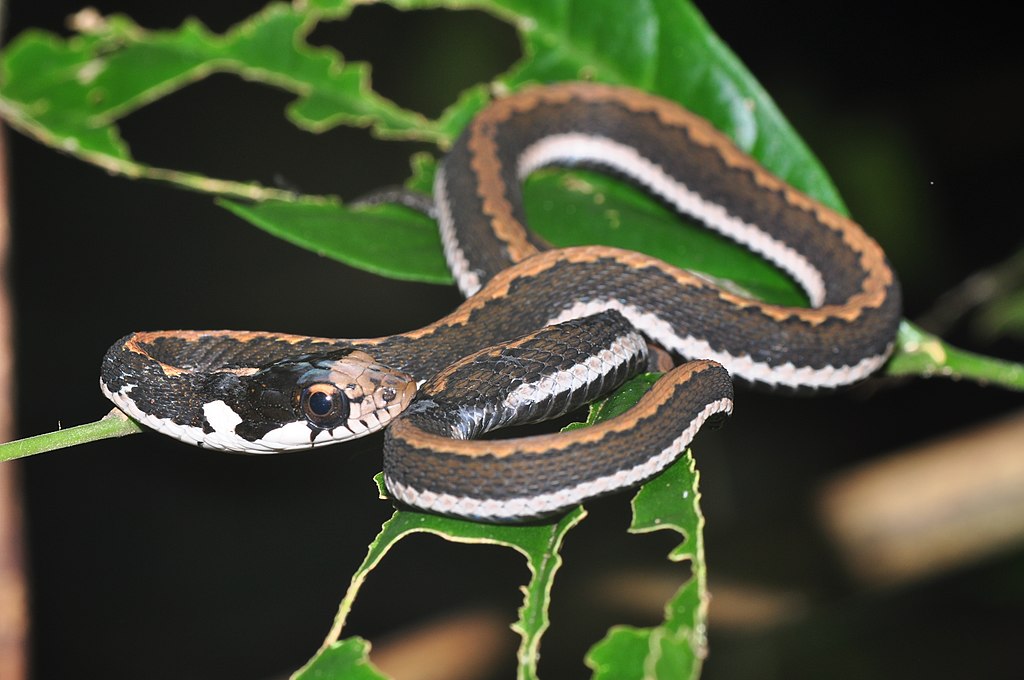
One of the most reliable indicators that your snake is experiencing cold stress is a noticeable change in its typical behavior patterns. A cold snake will often become unusually lethargic, spending excessive time hiding or remaining completely motionless for extended periods beyond normal resting behavior. You might observe your snake constantly seeking out the warmest spots in the enclosure, perhaps pressing itself directly against heating elements in ways it normally wouldn’t. Some snakes may display restless behavior, moving around the enclosure more than usual as they search for adequate warmth. Additionally, cold snakes might refuse to eat or show decreased interest in food, as their metabolism slows significantly when their body temperature drops below optimal levels.
Physical Signs of Low Body Temperature

Beyond behavioral changes, snakes exhibiting cold stress often display physical symptoms that attentive owners can identify. A cold snake may adopt abnormal postures, such as tightly coiled positions that help conserve body heat rather than their typical relaxed postures. You might notice decreased muscle tone, where the snake feels unusually flaccid when handled gently. Their reflexes may appear sluggish, with slower-than-normal responses to stimuli or handling. Another telling sign is respiratory issues, which might manifest as wheezing, bubbling around the mouth or nostrils, or audible breathing—all potential indicators that your snake’s immune system is compromised due to suboptimal temperatures, making it susceptible to respiratory infections.
The Cold-Touch Test: What Your Snake Feels Like
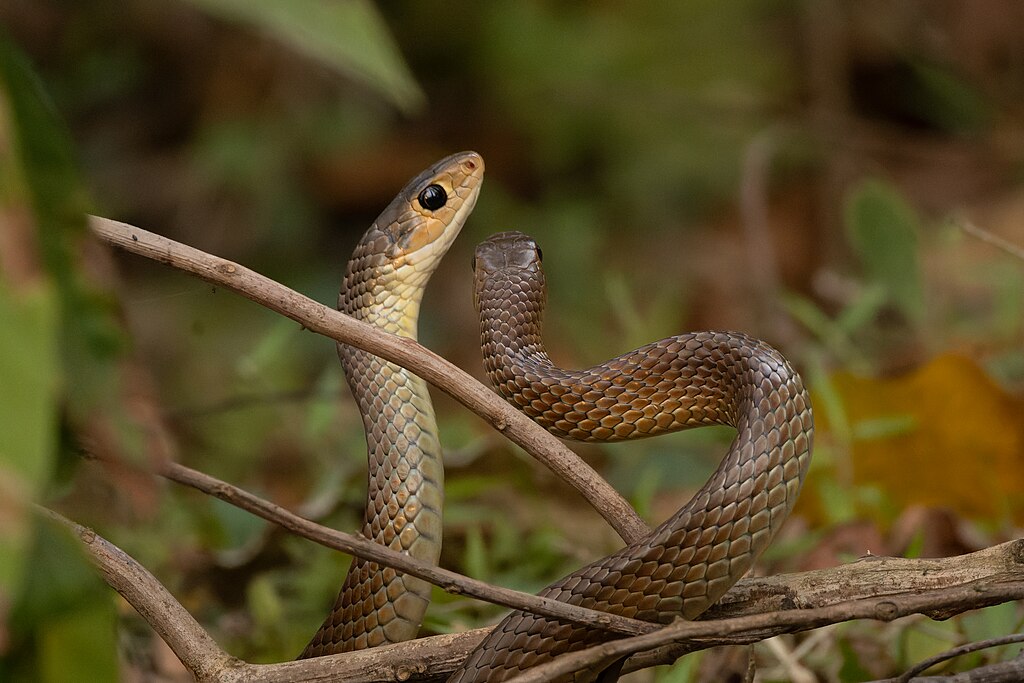
Physically touching your snake can provide immediate feedback about its body temperature, though this method requires some experience to interpret correctly. A healthy snake should feel neither cold nor hot to the touch but rather somewhere close to room temperature or slightly warmer. When a snake is cold, its body will feel noticeably cool to the touch, especially along the midsection and tail areas. Compare how the snake feels in different parts of its body—if there’s a significant temperature difference between the section near the heat source and areas farther away, this suggests the heat isn’t distributing properly throughout the enclosure. Remember that different snake species have different optimal temperature ranges, so what feels appropriate for one species might be too cool for another.
Digestive Issues as Temperature Indicators

A snake’s digestive system is particularly sensitive to temperature fluctuations, making digestive problems excellent indicators of potential cold stress. Regurgitation is perhaps the most serious and obvious sign—if your snake vomits a partially digested meal, this often indicates that the enclosure wasn’t warm enough for proper digestion to occur. Constipation or prolonged periods without defecation following a meal can also suggest insufficient temperatures, as digestive enzymes work optimally within specific temperature ranges. You might notice your snake’s abdomen remaining distended for longer than normal after feeding, indicating slower digestion due to cooler temperatures. These digestive disruptions not only indicate current temperature issues but can lead to serious health complications if the underlying temperature problem isn’t addressed.
Inadequate Shedding Patterns
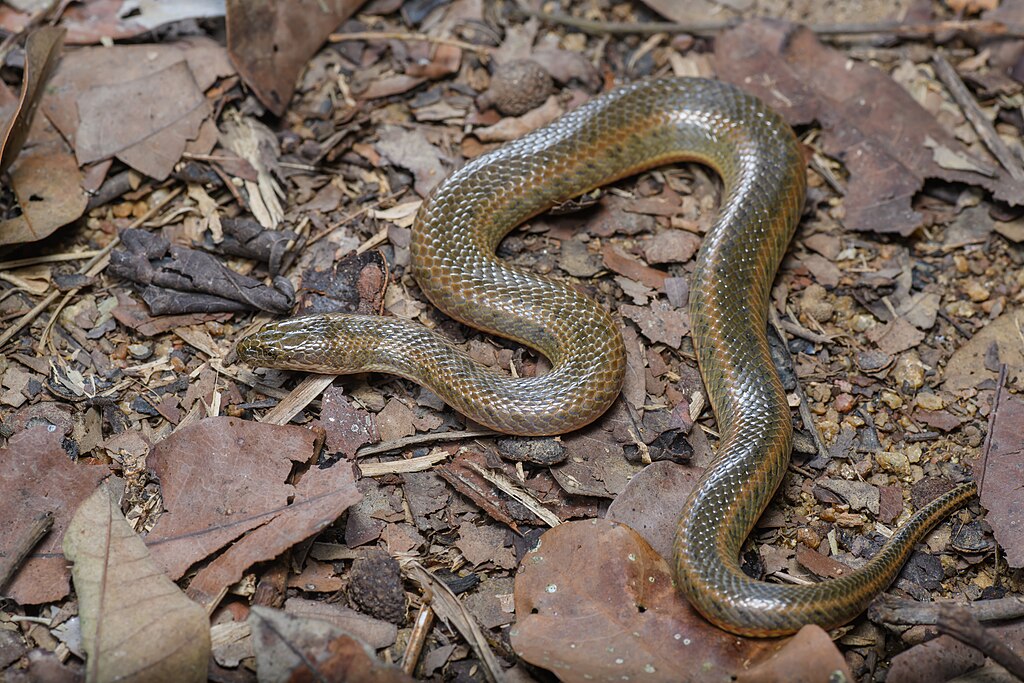
The shedding process, or ecdysis, is heavily influenced by environmental temperatures and can serve as an excellent indicator of thermal stress in snakes. Cold snakes often experience problematic sheds, including “patchy” shedding where the skin comes off in small pieces rather than in one complete piece. You might notice retained eye caps (spectacles) or skin remaining stuck on the tail tip when temperatures are insufficient. The timing between sheds may also become irregular, with either too frequent shedding attempts or abnormally long periods between sheds. Additionally, a cold snake might spend an unusually long time in the pre-shed phase (known as being “in blue” due to the bluish appearance of the eyes and dulled skin color) without progressing to the actual shed, indicating that metabolic processes are running too slowly due to inadequate temperatures.
Identifying Heating Equipment Failures
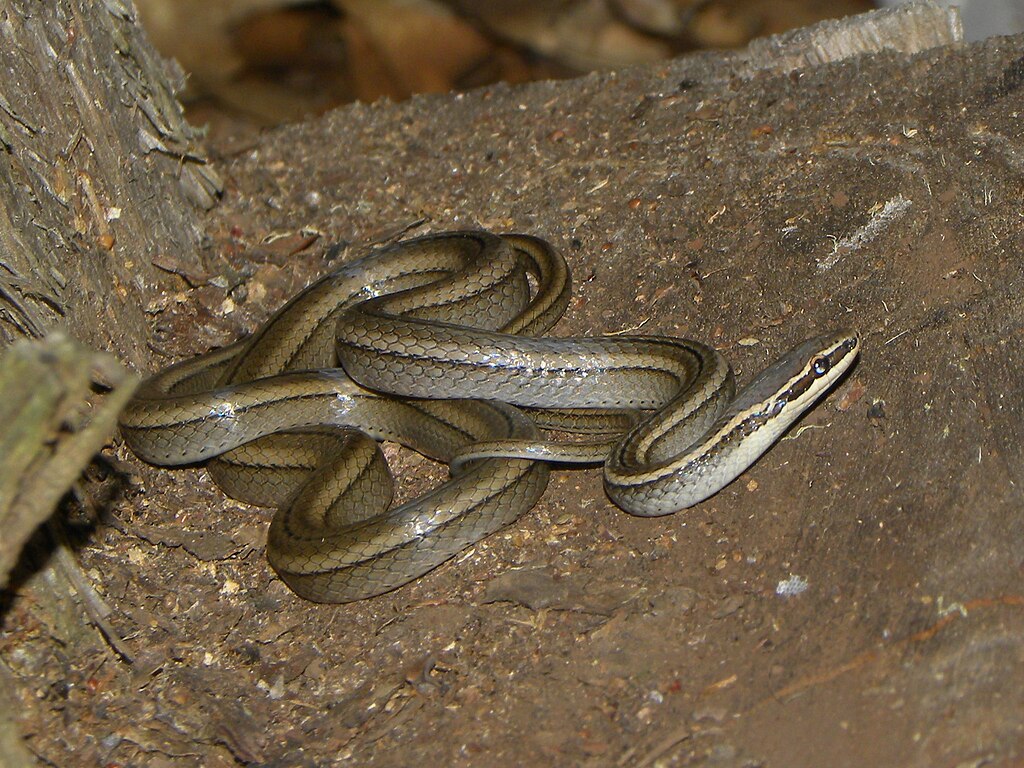
Even with heating equipment installed, technical issues can leave your snake cold without obvious signs of equipment failure. Digital thermostats can malfunction while still displaying normal readings, giving a false sense of security about the enclosure’s temperature. Heat mats, cables, or panels can develop “hot spots” and “cold spots” where heating elements have partially failed, creating dangerous temperature gradients. Power surges or brownouts can damage the internal components of heating equipment without completely disabling it, resulting in inconsistent heating. To identify these issues, use multiple thermometers placed at different locations throughout the enclosure and check them regularly against each other, looking for unexpected temperature differences or fluctuations that might indicate equipment problems.
Hidden Drafts and Environmental Factors
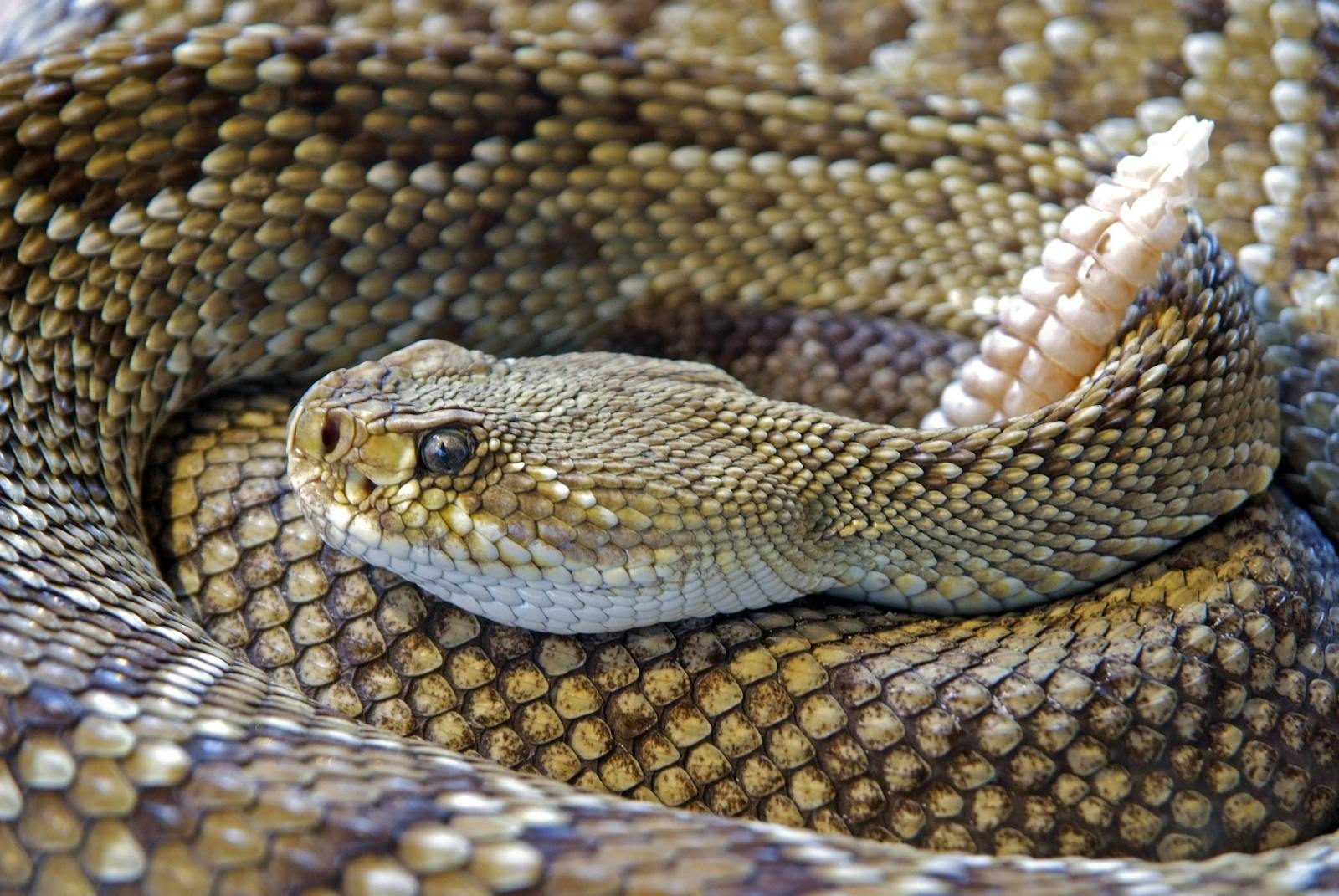
Sometimes the cause of a cold snake isn’t the heating equipment itself but rather environmental factors compromising its effectiveness. Unsealed gaps around tank lids, doors, or panels can create drafts that quickly siphon heat from the enclosure, particularly during winter months. Placement of the enclosure near windows, exterior doors, air conditioning vents, or in rooms with poor insulation can create temperature fluctuations that heating equipment struggles to compensate for, especially during nighttime or seasonal temperature drops. The size of the enclosure relative to the heating equipment can also be problematic—larger enclosures require more powerful heating elements than smaller ones, and heat dissipates more quickly in enclosures with excessive height. Even the materials used in enclosure construction affect heat retention; glass tanks, for instance, lose heat much more rapidly than plastic or wooden enclosures.
Measuring Temperatures Accurately
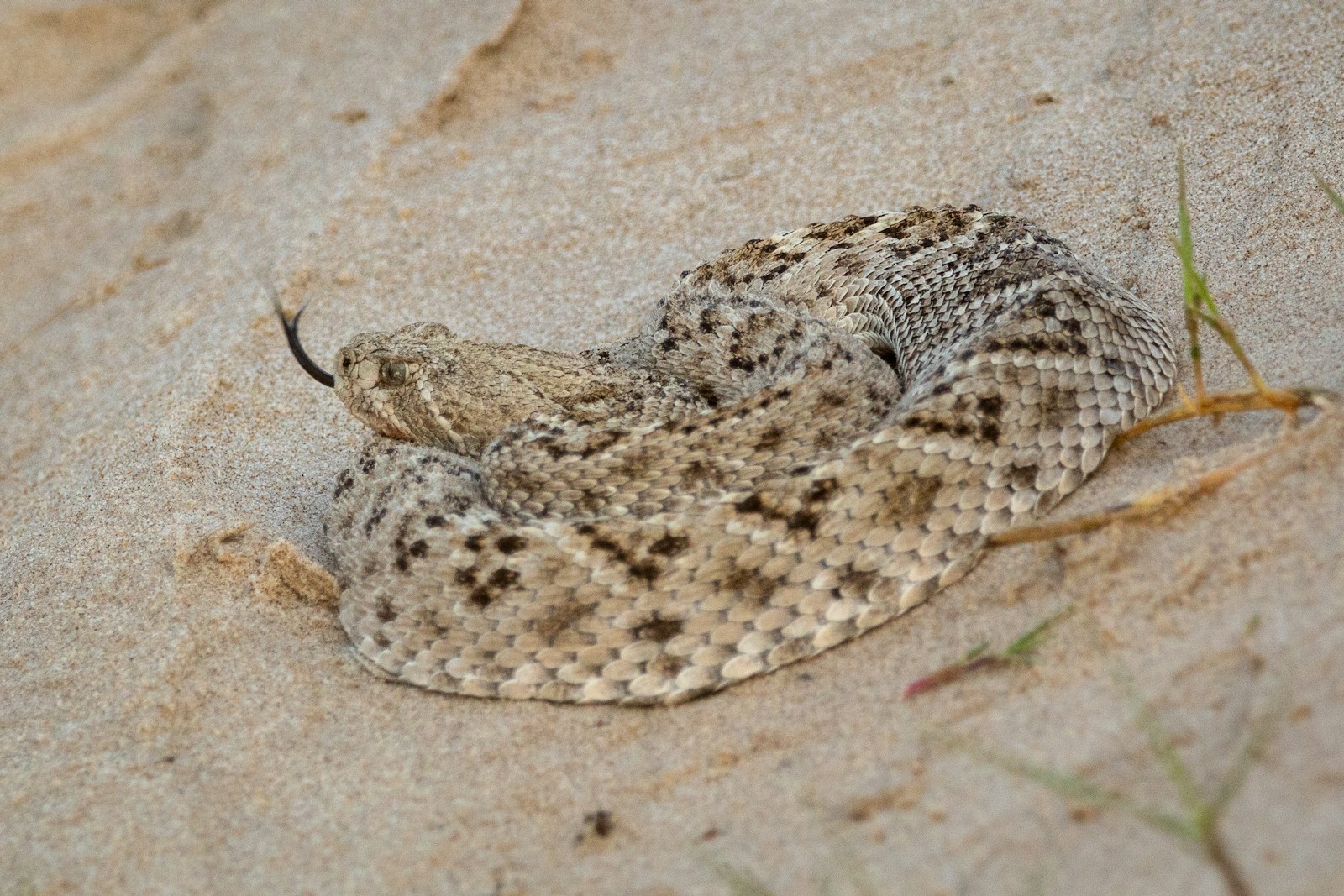
Accurate temperature measurement is essential for identifying whether your snake is genuinely experiencing cold stress despite seemingly proper heating. Digital thermometers with probes offer more precise readings than analog stick-on thermometers, which can be off by several degrees and only measure surface temperatures. Temperature guns (infrared thermometers) provide instant readings of surface temperatures but cannot measure ambient air temperatures accurately, making them useful supplements but not complete solutions. The placement of thermometers is crucial—measurements should be taken at multiple points including the basking spot, the cool end, and mid-enclosure locations, as well as at different heights since heat rises. For a comprehensive understanding of your enclosure’s thermal environment, consider logging temperatures over 24-hour periods to identify any problematic temperature fluctuations that might occur during times when you’re not observing the enclosure.
Species-Specific Temperature Requirements
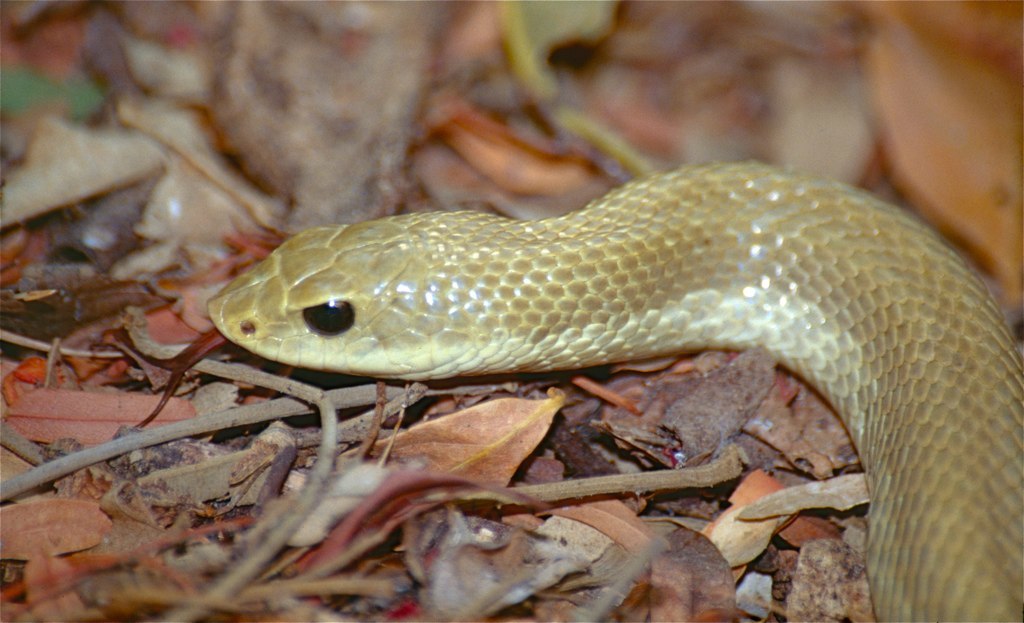
Different snake species have evolved in various climates and consequently have specific temperature needs that must be met for optimal health. Tropical species like ball pythons and rainbow boas generally require higher ambient temperatures (78-82°F) and warmer basking spots (88-92°F) than temperate species like corn snakes or king snakes, which can tolerate lower ambient temperatures (72-78°F) with slightly cooler basking options (85-88°F). Desert species such as sand boas often need higher basking temperatures (95-100°F) but with cooler nighttime drops to mimic their natural environment. Additionally, breeding females of many species require specific temperature cycling to trigger reproductive behaviors, while juveniles of most species benefit from slightly warmer temperatures than adults to support their rapid growth. Understanding these species-specific requirements is essential, as what constitutes “cold stress” for one species might be perfectly appropriate for another.
Nighttime Temperature Drops: Beneficial or Harmful?

Many reptile keepers deliberately create temperature drops at night, but determining whether these drops are appropriate or harmful requires species-specific knowledge and careful monitoring. Natural nighttime temperature drops (typically 5-10°F lower than daytime temperatures) can be beneficial for many snake species, stimulating natural behaviors and metabolic cycles that evolved in environments with day-night temperature fluctuations. However, excessive drops—particularly below the species’ critical minimum temperature—can induce cold stress even when daytime temperatures appear adequate. Some species, especially those from tropical rainforests where temperatures remain relatively stable around the clock, may suffer from significant nighttime drops, while desert species often benefit from more pronounced temperature cycling. Watch your snake’s behavior during and after nighttime temperature reductions; if it shows signs of cold stress in the morning, your nighttime setup may need adjustment even if your daytime temperatures read correctly.
Emergency Warming Techniques
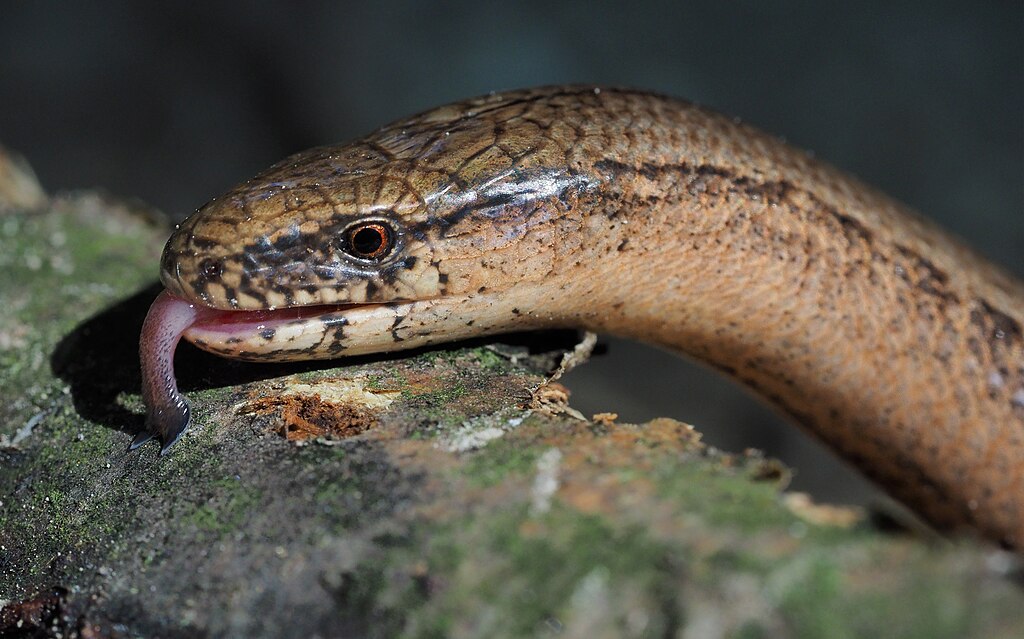
If you discover your snake is suffering from cold stress, knowing how to safely warm it is crucial, as improper warming can cause additional harm. Never attempt to rapidly heat a cold snake using direct high heat sources like heat lamps placed close to the animal or hot water immersion, as this can cause thermal shock or burns. Instead, gradually increase the ambient temperature of the entire enclosure by raising the thermostat settings incrementally over several hours. For severe cases where immediate action is needed, you can place the snake in a ventilated container within a larger container that contains warm (not hot) water, creating a gentle warming environment through indirect heat. Hand warming of a cold snake can also be effective—holding the snake against your body under clothing provides gentle warming through your natural body heat. Throughout any emergency warming process, monitor the snake frequently for signs of improvement or distress, and be prepared to seek veterinary care if the snake doesn’t respond positively to warming efforts.
When to Seek Veterinary Care
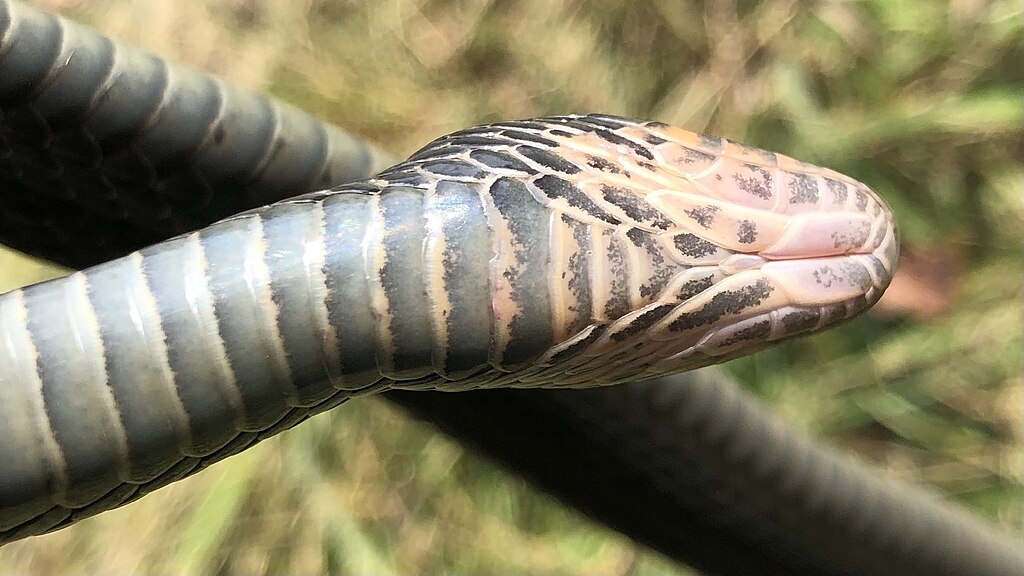
While many cases of cold stress can be resolved through proper temperature adjustments, certain situations warrant immediate professional intervention. Seek veterinary care if your snake shows no improvement within 12-24 hours after correcting temperature issues, as prolonged cold stress can lead to compromised immune function and secondary infections requiring medical treatment. Any snake that has regurgitated multiple meals, shows signs of respiratory infection such as wheezing or mucus around the mouth, or appears severely lethargic to the point of unresponsiveness should be seen by a reptile-experienced veterinarian. Additionally, if your snake exhibits neurological symptoms like tremors, difficulty righting itself, or abnormal head positioning, these could indicate severe complications from cold stress requiring urgent medical attention. Remember that cold stress can mask or exacerbate other underlying health conditions, so professional evaluation may be necessary even if temperature issues appear resolved but symptoms persist.
Understanding the subtle signs of cold stress in snakes, even when heating equipment appears to be functioning properly, is an essential skill for responsible reptile keepers. By monitoring both the environmental conditions and your snake’s physical and behavioral responses, you can identify and correct temperature issues before they develop into serious health problems. Remember that proper heating isn’t just about having the right equipment installed—it’s about creating a complete thermal environment that meets your specific snake’s needs throughout the day and night, across all areas of the enclosure. With vigilant observation, accurate temperature measurement, and prompt response to any signs of cold stress, you can ensure your snake remains healthy and comfortable in its captive environment.





